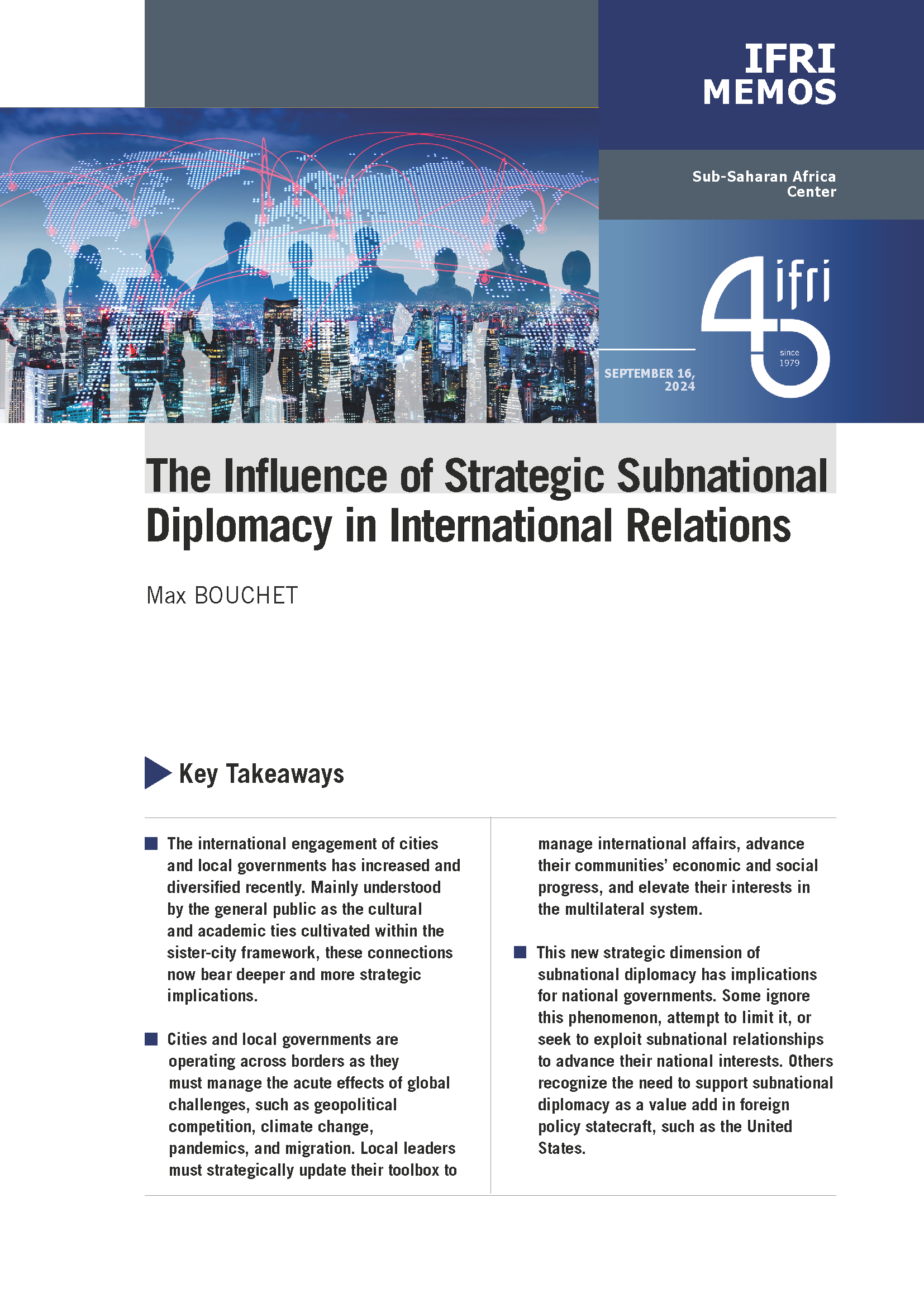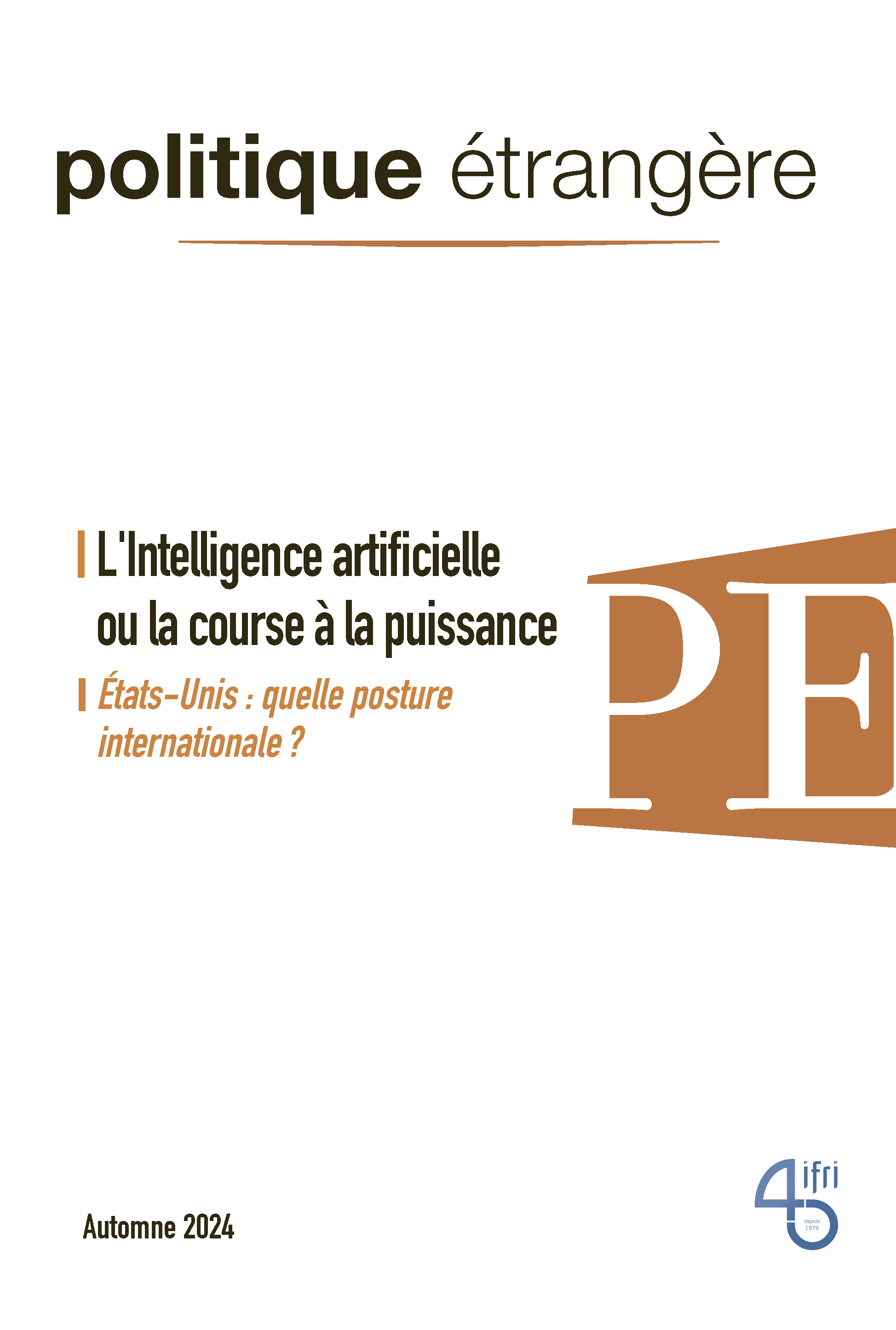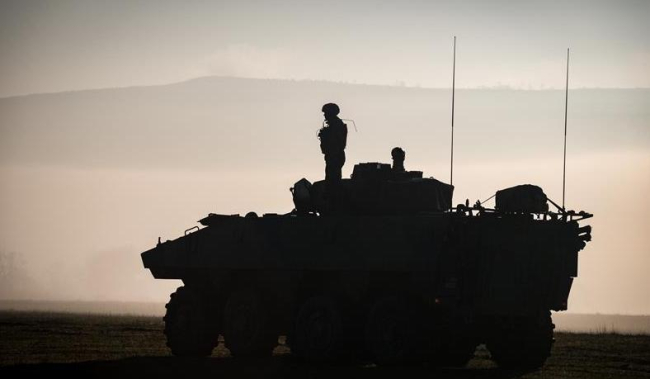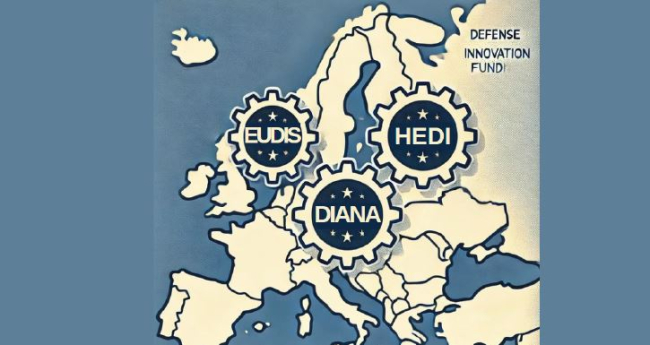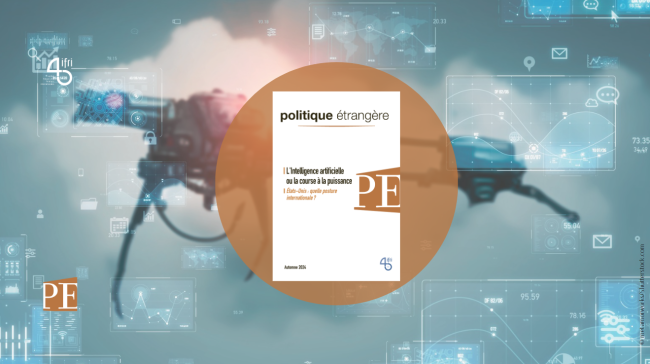Deterring the Weak: Problems and Prospects

Strong states often fail to deter vastly weaker competitors. This paper explores some reasons of this failure and identifies factors that can increase the prospects that deterrence will succeed in these situations.
It argues that deterrence fails between strong and weak powers not because the weaker party miscalculates the military balance or fails to perceive the existence of deterrent threats, but because of a perception that it is possible to circumvent deterrence. This perception is often rooted in strategic, political and social factors that the leaders of weak states believe they can manipulate to their advantage, hoping to prevent the strong from bringing their superior military capability to bear in an effective way. To illustrate these points, the paper describes some of these strategic, political and social factors that lead to optimism on the part of the weak, and identifies several considerations that should govern the behavior of stronger powers as they contemplate efforts to deter weaker competitors.

Also available in:
Regions and themes
ISBN / ISSN
Share
Download the full analysis
This page contains only a summary of our work. If you would like to have access to all the information from our research on the subject, you can download the full version in PDF format.
Deterring the Weak: Problems and Prospects
Related centers and programs
Discover our other research centers and programsFind out more
Discover all our analysesEUDIS, HEDI, DIANA: What's behind Three Defense Innovation Acronyms?
In Europe, with Russia’s war of aggression against Ukraine showing little sign of abating, a persistent gap remains between security needs and defense spending. According to a 2006 commitment enshrined at the 2014 Wales NATO summit, the North Atlantic Treaty Organization (NATO) members should disburse no less than 2% of their national gross domestic product (GDP) on defense, out of which 20% is to be spent on equipment and research and development. In 2024, only 23 Allies out of 32 are expected to meet or exceed this target, though a significant improvement from only three in 2014. This total includes the United States (US) devoting 3.38% of its GDP to defense, constituting almost 70% of all NATO member defense spending combined.
From Ukraine to Gaza: Military Uses of Artificial Intelligence
The wars in Ukraine and Gaza show us the extent to which artificial intelligence (AI) has become integral to battlefield operations.

French thinking on AI integration and interaction with nuclear command and control, force structure, and decision-making
This paper analyses the French literature on France’s perception of military AI, especially its consequences on strategic systems and competition, and nuclear deterrence.
The Future of Europe’s Strategic Deterrence is (also) at Sea
A cursory look at both France and the UK suggests that the future of European nuclear deterrence is at sea.


